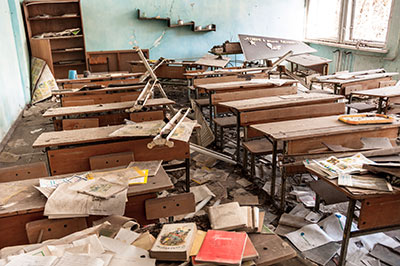Federal Emergency Management Administration (FEMA) and US Deptartment of Homeland Security (2012).
A new publication series, aimed at engineers, architects, building owners, city planners, and emergency managers, makes available years of government, industry, and academic research on designs and materials to make buildings and tunnels terror-resistant and terror-resilient. The Building and Infrastructure Protection Series (BIPS) provides architects and engineers a set of aids for designing critical infrastructure to withstand all kinds of hazards…at a cost that won’t break the budget. “This series lays the foundation for designing a new generation of resilient buildings,” says Mila Kennett, who oversees the series in S&T’s Infrastructure Protection and Disaster Management Division, where she leads the Structural Resilience Branch. An architect by training, Kennett came from the Federal Emergency Management Agency (FEMA), where she edited a similar publication series after 9/11. Several of the BIPS guides expand upon and update her highly regarded FEMA guides The primer provides school designers and administrators a set of guidelines to design a school where children, faculty and staff will be safe during a physical attack or targeted shooting.
View Paper











